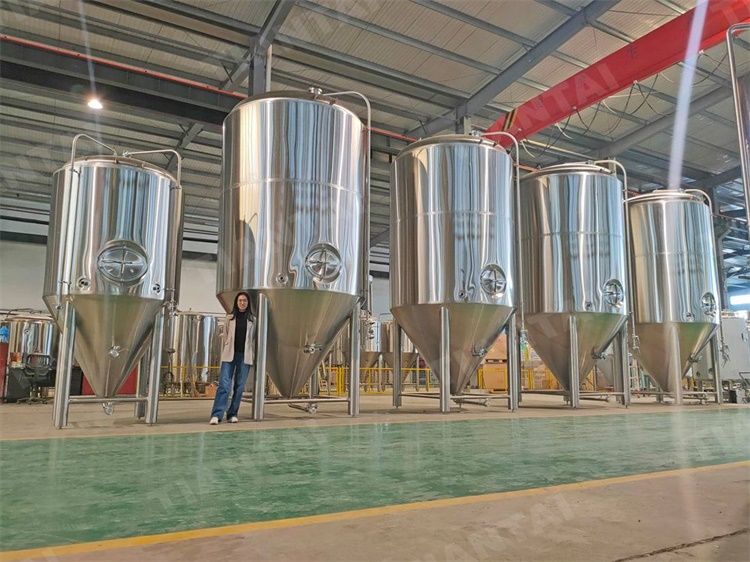.jpg)
1.Identify CO2 sources:
Determine the sources of CO2 in your microbrewery. Common sources include fermentation tanks, brite tanks, and CO2 cylinders used for carbonation and dispensing.
2.Use exhaust systems:
Install exhaust fans or ventilation systems in areas with CO2 sources. These systems help remove CO2-laden air from the brewery and vent it to the outside.
3.Ensure proper airflow:
Design the layout of your brewery to allow for good airflow and ventilation. Position CO2-emitting equipment near exhaust systems or windows that can be opened to facilitate air exchange.
4.Use specialized ventilation:
For spaces with fermentation tanks and brite tanks, consider installing specialized ventilation systems that capture CO2 from the tanks and duct it to the outside. These systems typically involve hoods or exhaust ports placed directly above the tanks.
5.Monitor CO2 levels:
Implement CO2 monitoring systems in your brewery to continuously measure and display CO2 levels. Ensure that these systems have audible alarms to alert personnel in case of dangerous concentrations.
6.Emergency ventilation:
Install emergency ventilation controls or switches that can be activated to rapidly increase ventilation in the event of a CO2 leak or other emergencies.
7.Train staff:
Ensure that your brewery staff is well-trained in the risks associated with CO2 exposure and knows how to respond to alarms or emergency situations.
8.Use personal protective equipment (PPE):
Provide appropriate PPE, such as CO2 gas detectors and safety masks, for personnel working in areas with potential CO2 exposure.
9.Maintain equipment:
Regularly inspect and maintain all equipment related to CO2 handling, including tanks, regulators, and hoses, to minimize the risk of leaks.
10.Follow safety guidelines:
Adhere to safety guidelines and regulations related to CO2 handling and ventilation in your region. Compliance with local regulations is crucial to ensure a safe working environment.
11.Emergency response plan:
Develop and communicate a clear emergency response plan for dealing with CO2-related incidents. Ensure all employees know the plan and their roles in case of an emergency.
12.Regular safety drills:
Conduct periodic safety drills to practice responding to CO2 emergencies, including evacuations and administering first aid.
It's crucial to prioritize safety when it comes to handling CO2 in a microbrewery. Consult with safety experts, follow local regulations, and consider bringing in professionals to assess and help design an effective CO2 ventilation system. Always be vigilant about monitoring and mitigating the risks associated with CO2 exposure to protect the health and well-being of your brewery staff.
Edited by Helen
Email: [email protected]


.jpg)



Get In Touch